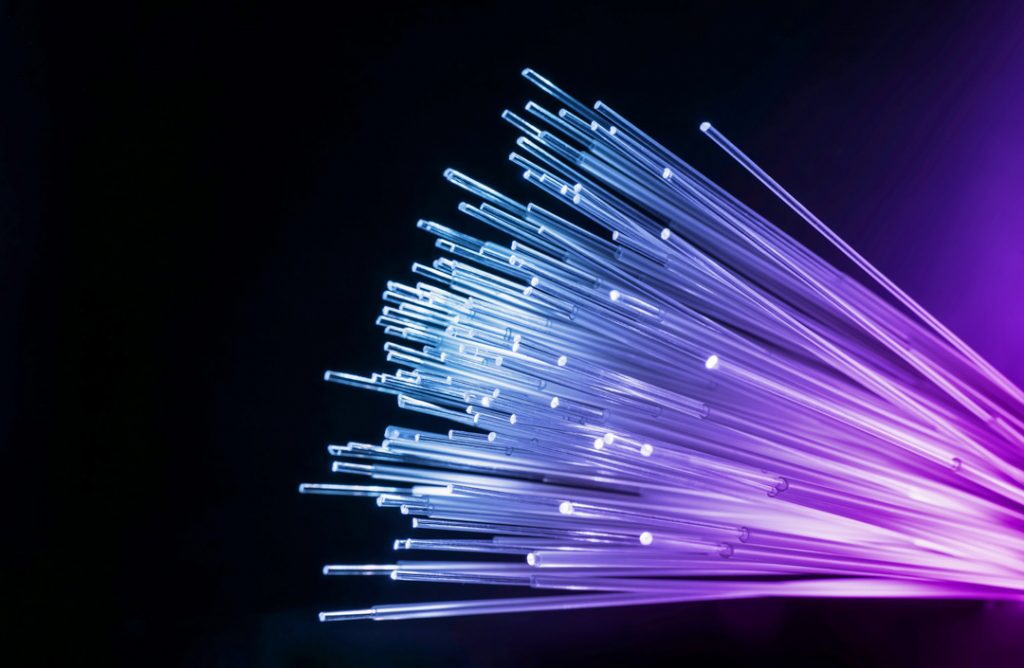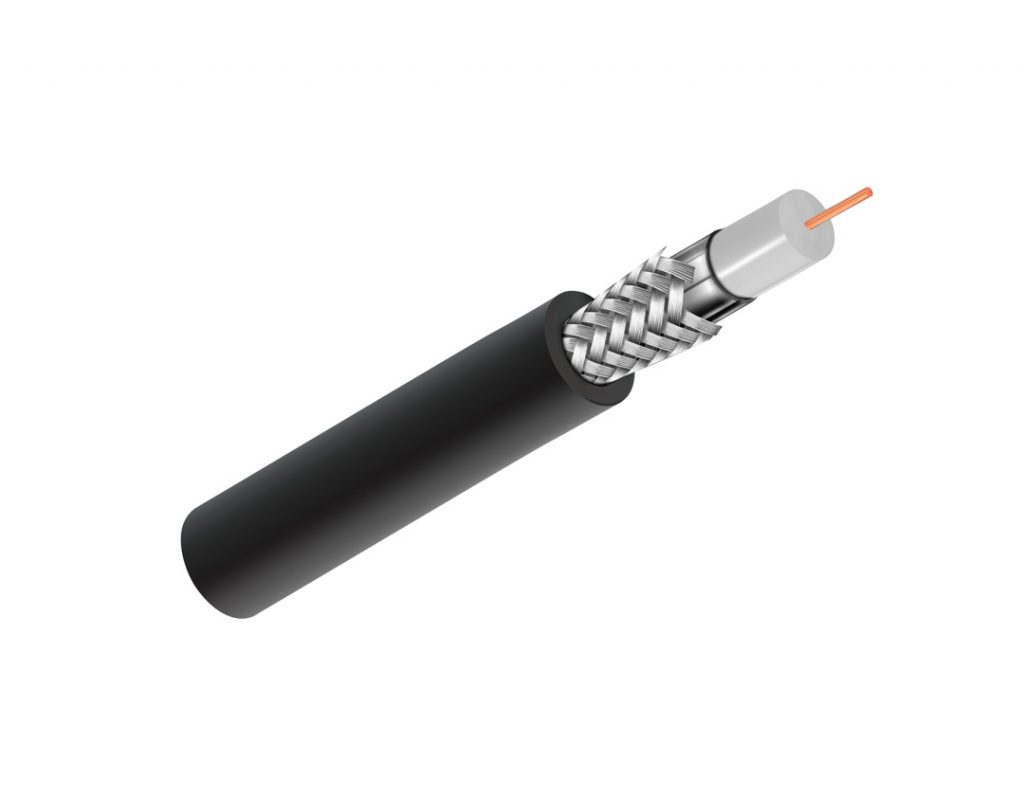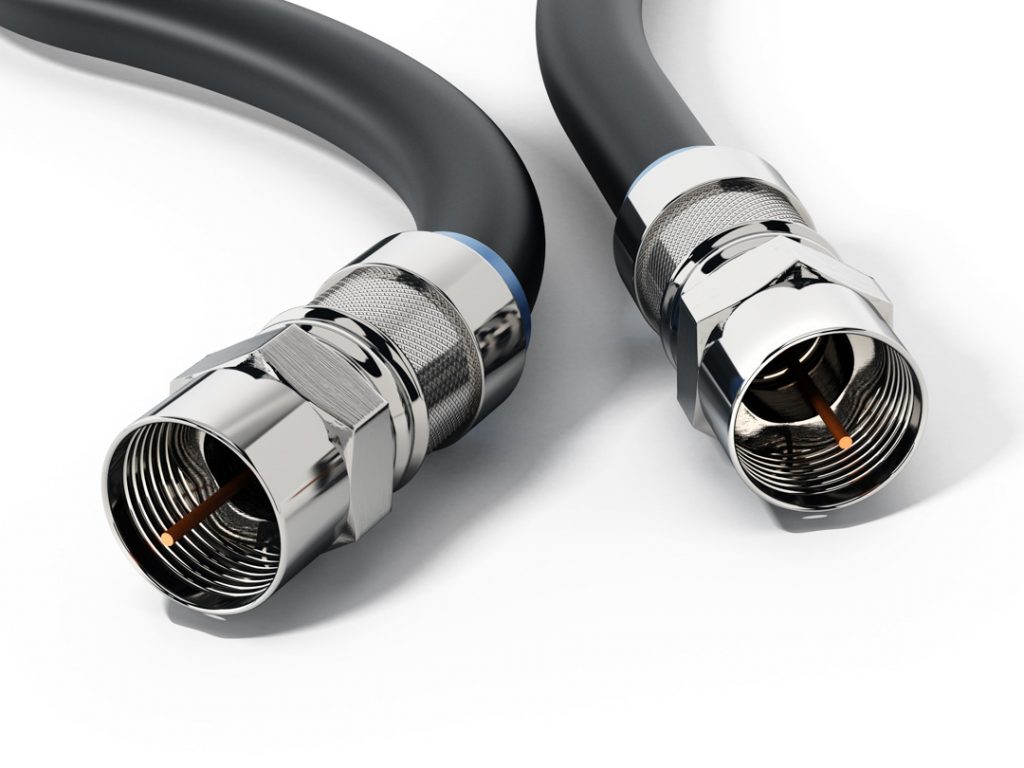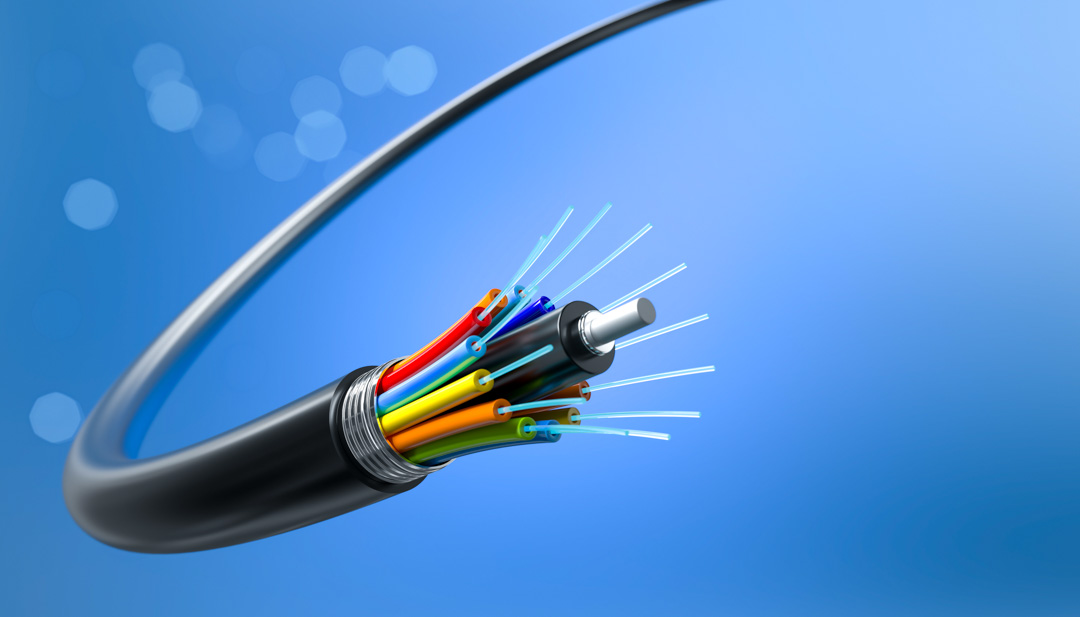WHAT IS FIBER INTERNET?
Having a Fiber Internet plan means that a fiber optic cable runs directly to your home from your Internet Service provider (ISP). Fiber optic cables are made of thin strands of glass that are surrounded by a protective coating. Data is transmitted across these thin strands of fiber via light signals. Fiber optic cables are capable of Internet Speeds much greater than traditional copper coaxial cables, which have been used now for decades by national ISP’s such as Xfinity & CenturyLink.
Amazingly, fiber optic internet can send data as fast as about 70% the speed of light, wow that is FAST!!! 1000mbps (1 gig) is not the speed of light though? Correct, but fiber ultimately has the capability of providing much faster speeds in the future. Fiber internet is called the Internet of the future because the optic cable itself can easily provide your residence with 15,000 mbps internet speeds, but first you would need upgraded ethernet cables run through your entire home and a Wireless Router that could re-transmit that type of speed via your WIFI network. Once the wireless router companies catch up you will start seeing faster internet speeds offered to residential homes that have fiber run to it, hence fiber is setting us up for success in the future and is “future proof”
ADVANTAGES OF FIBER INTERNET
Fiber internet is a great choice for high-bandwidth households where multiple users want to stream video, play online games, back up data, or send and receive large files at the same time, especially over long distances.
A fiber-connected home can deliver an exceptional experience across all devices and internet-connected systems, from home security to smart thermostats, ovens, refrigerators and other appliances.
With faster speeds, you also don’t get as much buffering while watching on-demand streaming. “Buffering” refers to the loading time that occurs when a video pauses and has to catch up due to slow internet speeds.
As an example, this is how long it would take, on average, to download a large media file (6.5 GB) by internet type:
Dial-up 11 days
DSL 2 – 14 hours
Cable 2 – 30 min
Fiber Under 1 min
Fiber Internet offers a long list of user benefits, including:
Easily stream video and audio files – Whether you are streaming a movie on Netflix, listening to streaming audio on Radio Paradise or watching YouTube videos, fiber Internet has plenty of bandwidth to make it happen
Get a high-security Internet connection – Fiber optic cables offer a much more secure Internet connection than copper wire Internet connections which can be more easily compromised and lead to signal hacking
Enjoy faster upload speeds and download speeds – With fiber Internet, you can easily upload and download files at the same time. This includes Internet files, cable TV, and even phone applications
Be more competitive at online gaming – If you’re an online gamer, you may have experienced problems with “latency” when using the Internet – a delay between pressing your controller button and your on-screen character taking action. Fiber optic networks help to resolve this issue and make it feel like you are playing in “real time”
Avoid signal interference – Fiber optic connections are virtually immune to signal interference that can be caused by radio and electromagnetic frequencies
Dependable technology – Since fiber Internet transfers data through light signals, there is less wear and tear on the cables. In addition, Copper cables are susceptible to fire and extreme weather conditions that can affect the data transmission and connectivity. DSL Internet also uses vibrational signals to send data which can begin to wear down copper cables over time
Pay less, get more – Fiber Internet connections have become more affordable due to the large-scale production of fiber optic cables from fiber providers around the world
Look to the future – Fiber optic technology continues to expand in all areas. You can trust that the high performance Internet service you are enjoying now will continue for years to come
FIBER INTERNET IS "THE BEST" BUT COMPARED TO WHAT?
Most of us have heard that fiber optic internet speed is “better,” but better than what? What are the other connection options we’re comparing to? What’s the difference between fiber optic and the traditional coaxial cable internet?
Many of the differences between fiber and cable can be chalked up to the way they transmit information.
Fiber optic
Fiber-optic technology uses small, flexible strands of glass to transmit the information as light. The strands are wrapped in a bundle and protected with layers of plastic, making fiber faster, clearer, and able to travel great distances and transmit a higher quantity of simultaneous data transfers.

Vs. Traditional Cable
For decades now companies such as Xfinity & CenturyLink have used a coaxial cable to transmit both cable TV data and Internet Data. A coax cable is a copper core insulated with aluminum, a copper shield, and an outer plastic layer, data is transmitted via electricity. Cable is more susceptible to weather events (like extreme cold, storms, etc.) and electromagnetic interference than fiber-optic because it uses electrical signals. The reason people usually see fluctuations in their speeds is because too many user at once are on the same coax cable network and extremely more limited on how much data simultaneously.
For most cable internet has been a love-it-and-hate-it relationship. It’s fast – sometimes. But like a highway at rush hour, it gets jammed during peak traffic hours. It simply can’t keep pace with our mushrooming internet needs.


There is never a better time that now to experience the greatness of “Fiber Internet” from an ISP you can trust like Utah Broadband. CONTACT US today start experiencing the benifits for yourself.

